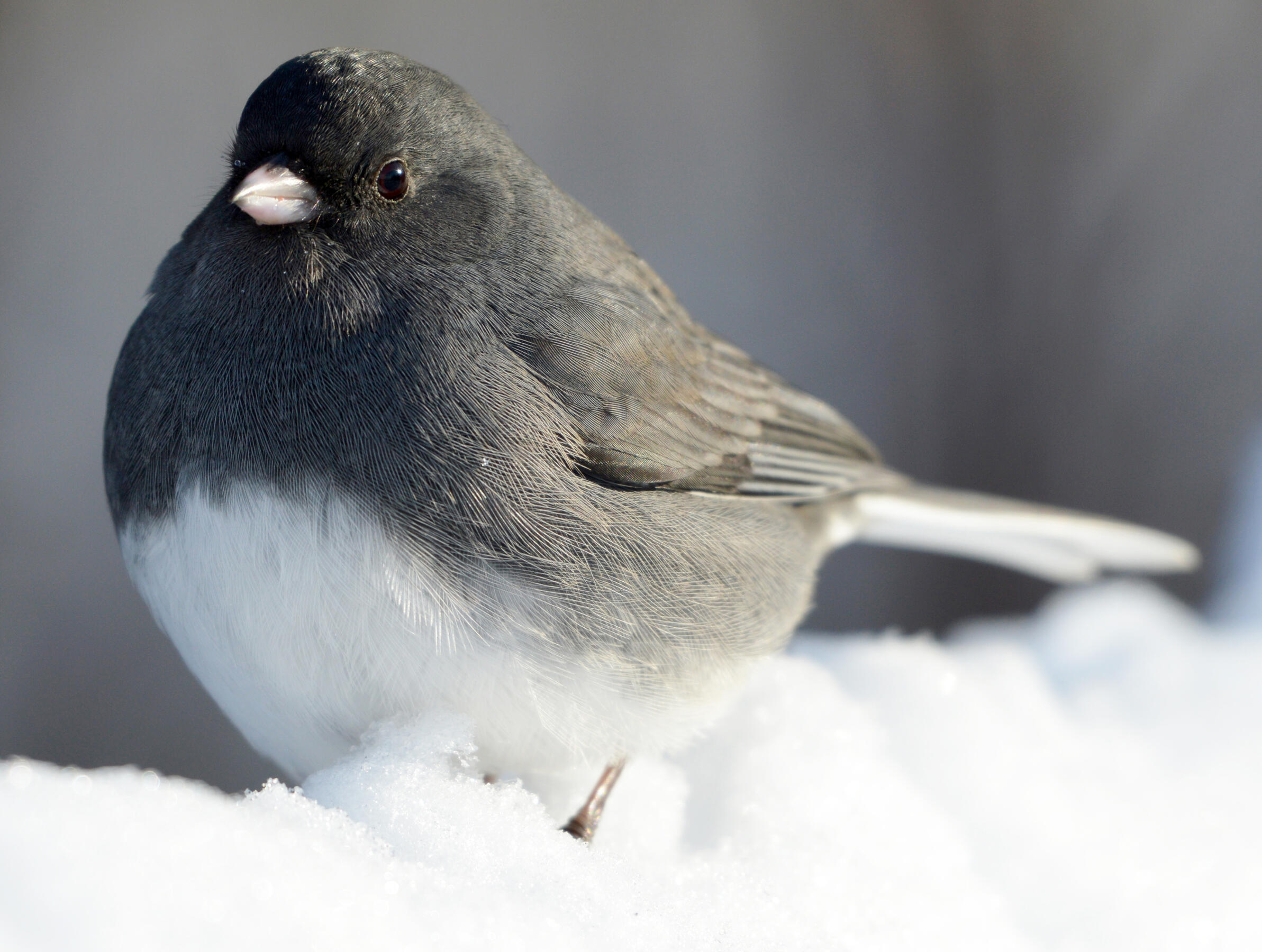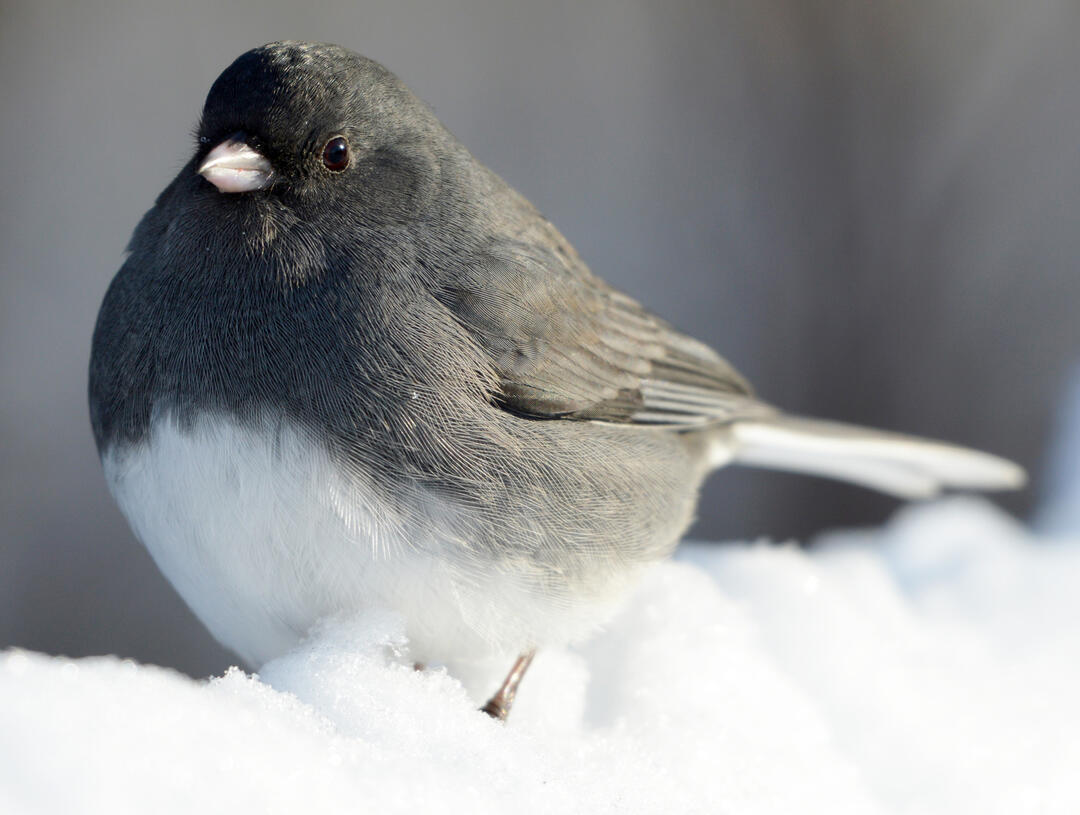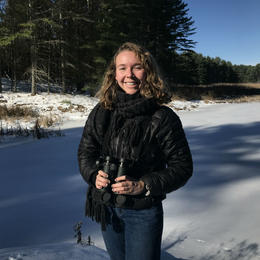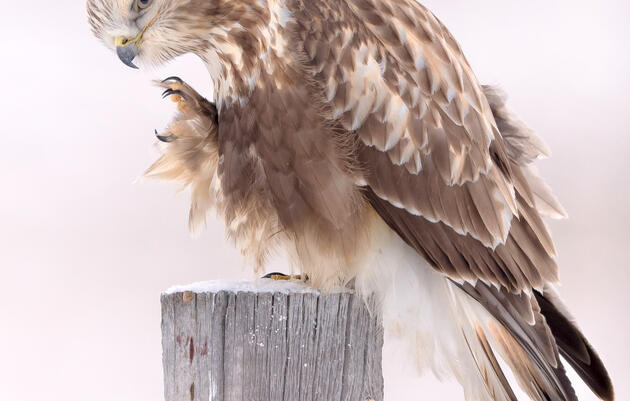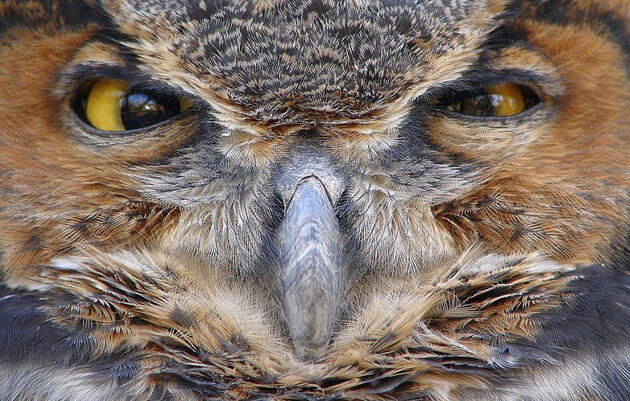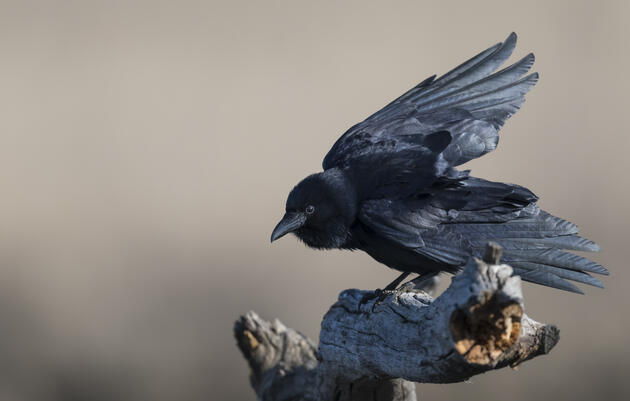This weekend is the start of the 24th Great Backyard Bird Count (GBBC)! The GBBC is a free, fun, and easy event that engages bird watchers of all ages in counting birds to create a real-time snapshot of bird populations. Participants are asked to count birds for as little as 15 minutes (or as long as they wish) on one or more days of the four-day event and report their sightings online at birdcount.org. You can participate from your backyard or anywhere else in the world!
The data from GBBC helps researchers at the National Audubon Society, Cornell Lab of Ornithology and Birds Canada learn more about how birds are doing, and how to protect them and the environment we share. Last year, more than 160,000 participants submitted their bird observations online, creating the largest instantaneous snapshot of global bird populations ever recorded.
We hope you'll join us! How to participate in the Great Backyard Bird Count.
If you're counting in the Northeast you're likely to see a Dark-eyed Junco, a member of the New World Sparrow family. Dark-eyed Juncos can be found on much of the continent because they aren't super picky about habitat, in fact, the Cornell Lab of Ornithology says there are 630 million individuals across the country (Allaboutbirds.org).
The subspecies of dark-eyed juncos fall into five major groups: gray-headed, Oregon, pink-sided, slate-gray and white-winged. The Northeast is home to the slate-gray subspecies of the dark-eyed junco.
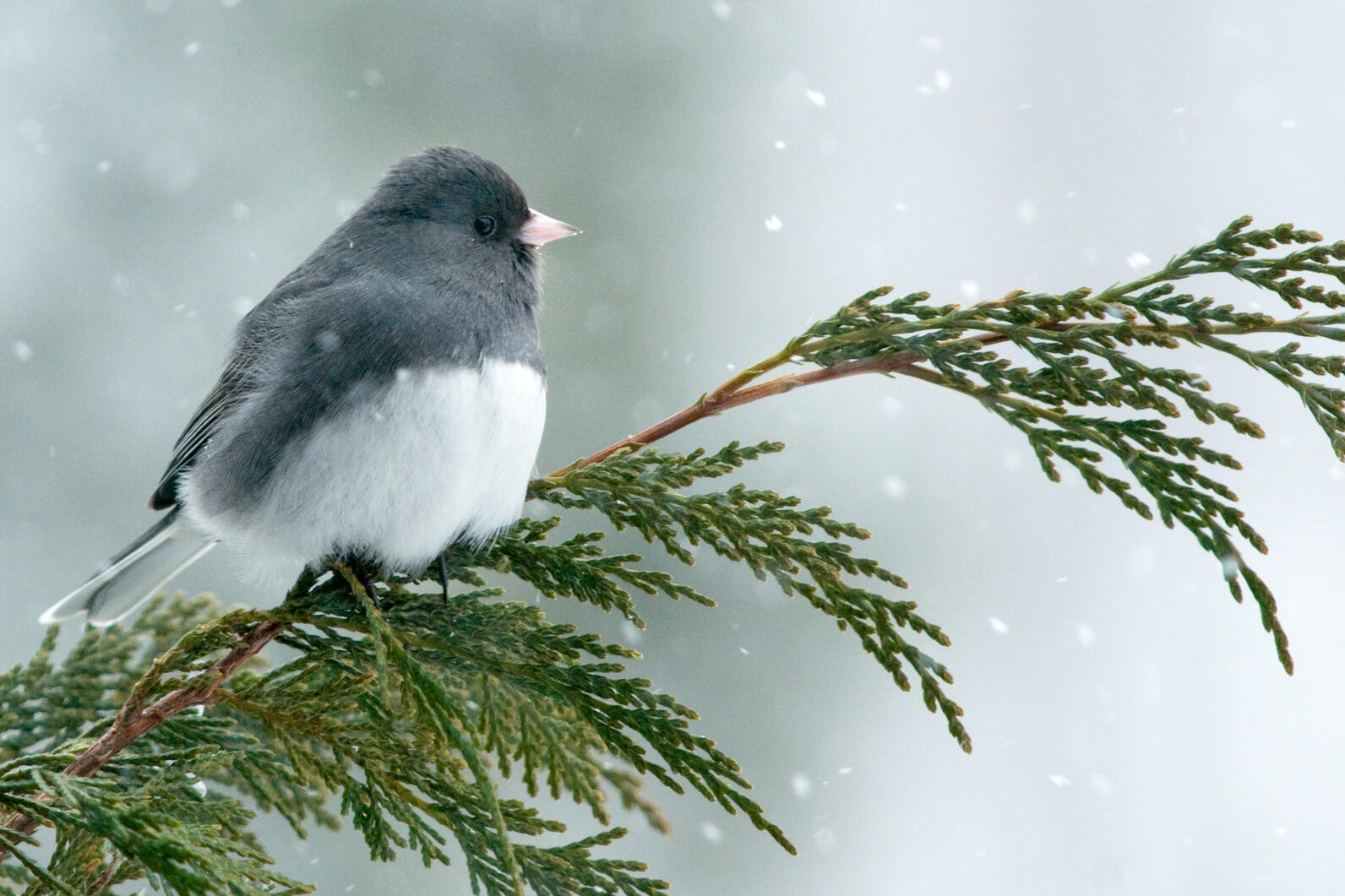
ID: Dark-eyed Juncos are sparrows with a round head, jet-black eyes, a long grey tail and pale, conical bill. They have slate-gray feathers on their breast, head and back and a white belly.
Habitat: While it's documented that Dark-eyed Juncos prefer coniferous forests, they will live just about anywhere there are trees. During winter they can also be found outside their typical habitat in open woodlands, fields, roadsides, parks, gardens, etc.
Diet: Seeds make up the bulk of their winter diet. If you want to attract them to your feeder try millet rather than black oil sunflower seeds.
Feeding behavior: Dark-eyed Juncos are ground foragers. I often see them in my backyard beneath the suet feeder, scratching at the ground to find crumbs other birds dropped. You may also see them hopping along the group and kicking up the snow or leaf litter. Juncos tend to forage in flocks and have a social hierarchy/pecking order within those flocks.
Cool adaptation: When it’s cold outside, juncos grow down jackets. Their coat of feathers is 30% heavier in winter than in summer (Birds & Blooms).
Fun nickname: Juncos are nicknamed "snowbirds" because they tend to appear around the winter solstice, and then head north each spring to breed.
Happy birding this weekend! Feel free to tag #greatbackyardbirdcount or #GBBC in your posts! Or mention us @AudubonVermont on Facebook and Instagram.

